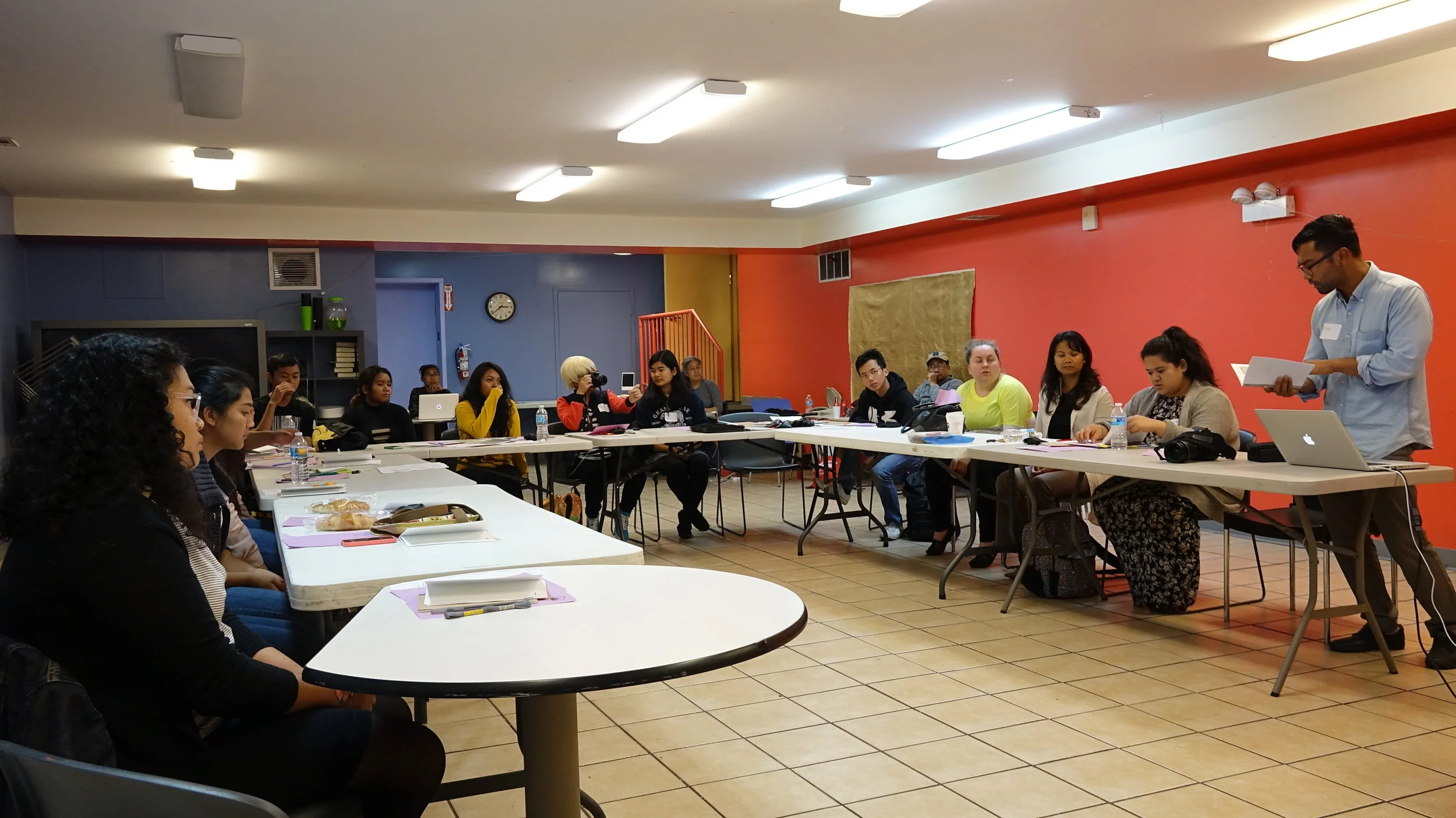In 2015, the National Cambodian Heritage Museum & Killing Fields Memorial reviewed its mission and programs and developed the Living Museum Model—a conceptual model that guides us to develop and implement programs and activities.
This museum is not a static institution, but an ever-evolving cultural agent where the community members actively take part in making its narratives. The narratives are also shaped through dialogues among Cambodians from different generations, and through dialogues between Cambodians and non-Cambodians. The museum provides a platform for our holistic and integrated programing:
- Remembering and acknowledging the past and suffering that Cambodians have gone through (the Remembering the Killing Fields exhibition serves this purpose),
- Building hope for the future (the Memorial), and
- Living in the present (the services and programs).
This is a very unique environment that no other place can offer to the Cambodian community or to the broader society.
We consider the Museum & Memorial to be a Living Museum. The museum has four interrelated focuses: Justice, Voice, Healing, and Future. These four focuses are embedded in understanding of HISTORY of Cambodia, MEMORY of survivors, the role of ART in healing, and ever-evolving CULTURE. The core of the Living Museum Model is the Cambodian Day of Remembrance, which encompasses all four focuses. The Day of Remembrance, which takes place in April each year, provides a platform for survivors, their families, and the general public to come together to increase their awareness of the Cambodian genocide and its impact on the community, facilitate dialogues bridging generations, promote the role of art and creative engagement in healing, and facilitate youth leadership in social justice.


